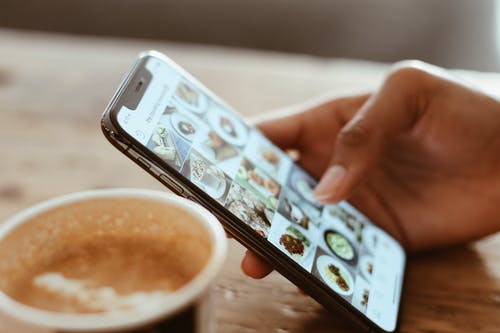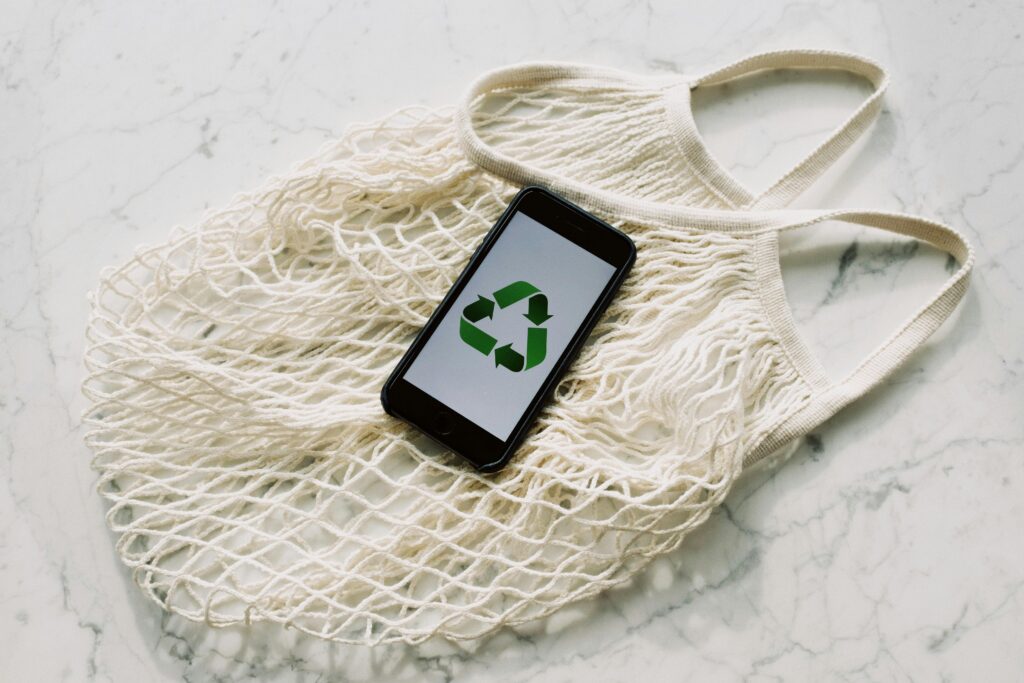Many firms had to put ads on hold in 2020, and in other cases, had to cancel them entirely. Marketers had to entirely rethink how to contact consumers once brick-and-mortar stores closed and physical events were canceled. To target consumers, brands realized they’d have to use internet media smartly and strategically.
This prompted people to seek out creators. This was due in great part to their ability to adapt to new and unusual circumstances. Diversifying their material – focusing on activities in the house, for example – and establishing oneself on new platforms like TikTok, which has experienced a 45 percent rise in influencers in 2021 alone, helped creators keep and grow their followings.

Marketers took notice quickly and increased their investment in artists. To reach new audiences, they took advantage of the variety of influencer content and platforms.
Throughout the epidemic, brand investment in artists has been a crucial driver in influencing digital purchase decisions. According to the IMRG Capgemini Online Retail Index, total online retail sales grew 36 percent year over year in 2020, the fastest yearly increase since 2007.
It’s also worth noting that by leveraging influencers, marketers not only increased their reach but also increased the legitimacy of their campaigns. At the touch of a smartphone screen, influencers might let buyers understand the fit, function, and style of items in a familiar environment. They rivaled a day trip to the high street in terms of speed and convenience, while the interactive, contextual discovery part felt like a physical encounter with a store clerk.
This leads us to our second point: influencers’ critical role in forging deeper and more meaningful relationships, as well as the rising realization that they are uniquely positioned to do so.
Over the last year, businesses have had to forge true ties without face-to-face engagement. When connecting with customers, authenticity and personal touch have become even more important. Influencers that have amassed significant social followings as a result of their personalities are in the greatest position to do so. Marketers have realized how crucial they are in bringing campaigns to life.
Given the general transition toward digital retail, these producers have the potential to become virtual shops for merchants, in addition to deepening brand resonance and authenticity. And as more brand marketers see the value of genuine product recommendations in strengthening trust and developing authenticity, and high streets continue to suffer, this trend will only increase.

According to Influencer Marketing Hub, influencer marketing will be valued at $13.8 billion by the end of this year, up from $1.7 billion in 2016. This phenomenal increase indicates that, as constraints loosen, the popularity of influencer marketing is unlikely to wane. The adaptability and impact of influencers as a marketing pillar have been underlined in recent months. Brands are starting to realize that long-term, always-on influencer involvement may provide remarkable returns.










